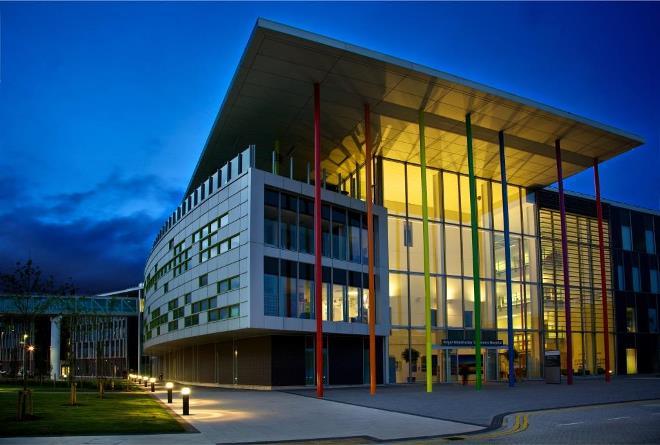Project Value: £482,000
Contract Period: 12 weeks
Client: Manchester University NHS Foundation Trust
Sector: Health
Property Tectonics were commissioned by the Trust to undertake a comprehensive review of the existing satellite decontamination units across the Wythenshawe Hospital site with the intention of providing a new centralised decontamination suite to maximise efficiencies, enable better compliance management and improve the overall service. We undertook the lead consultant, architectural design and CDM Principal Designer roles which included management of the design team including mechanical and electrical engineers, quantity surveyors whilst also assisting the trust in the appointment of specialists such as asbestos consultants and commercial drainage specialists. We coordinated the production of the tender documentation and managed the tender adjudication process undertaken by the project quantity surveyor and we worked closely with specialist external consultants in compliance of the new unit.
Property Tectonics coordinated and managed the design team from Conception (RIBA Stage 2) through to Handover (RIBA Stage 6). This included organising and chairing design team meetings and coordinating the various disciplines through the design development of the project. This included the production, development and sign off of room data sheets and accompanying floor plans and elevation drawings to ensure the detailed client requirements were fully captured.
It was imperative that the designs were carried out in accordance with specialist NHS best practice guidance on the design, adaptation or extension of healthcare buildings. We have a wealth of experience working in accordance with Health Building Notes (HBNs) and Health Technical Memoranda’s (HTMs) which fully satisfied this criteria.
During the construction phase, we undertook the contract administration role and were responsible for issuing of variations, contract instructions and interim certificate for payments. We monitored the site works in terms of progress, quality and accordance with the specification, liaising closely with the main contractor. During the construction phase we chaired the monthly progress meetings, where important project information was reported to the various stakeholders. On completion of the works, our role included the issue of Practical Completion and coordination of the final certificates and agreement of the final account.
The number of stakeholders involved in such a complex and key project to the operational hospital site meant that strict adherence to the project programme was required to ensure that key sign off dates were achieved. pt managed the design team and maintained the required level of progress to ensure timescales were achieved. Critically, any refurbishment work to the unit would lead to a period of downtime and a solution was required to keep this crucial service operation on the hospital site. During the original project, this was achieved by keeping the individual satellite units operational until project completion and undertake a transfer of the services. However, with the newly created centralised unit, further options were required to be explored. An agreement was made to utilise a combination of mobile endoscope decontamination unit and office facility and reallocation of associated services to the wider NHS sites to alleviate the number of scopes requiring reprocessing.
This solution was short term, both due to the high costs of the mobile unit and the ability for the adjacent NHS sites to manage with the additional capacity – the project programme is therefore critical.
The original project was a great success, coming in under budget and completing on time. It is interesting that we have been able to revisit the original project having been reappointed to carry out its next phase of refurbishment and once again work with the project team. The project has been a major success and the newly created centralised decontamination suite has been able to operate in excess of its anticipated capacity leading, as the efficient building layout has enabled an increase in endoscope (and similar) throughput. This increased throughput means that the Automated Endoscope Reprocessors (AERs) have reached the end of their useful life ahead of schedule (due to an increased number of cycles).
It is testament to the original project success that we have been reappointed to engage with the client and end users and undertake the next phase of refurbishment work.
